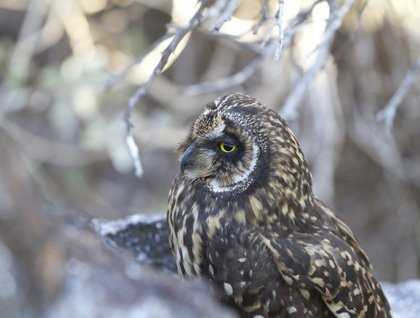Genovesa Island can be considered a jewel in the Galapagos. It is surrounded by warmer waters and located in the outermost region of this archipelago. It is home to hundreds of thousands of seabirds of different kinds. Great Frigate birds are just starting the breeding season. The first male just arrived to show its red pouch! Baby red-footed boobies are most prominent on Genovesa island.
This island is made up almost completely of flat and rocky basalt and it is still dry at this time of the year. Red-footed boobies and frigate birds are nesting in trees, swallow tailed gulls, Nazca boobies and storm petrels nest on the ground forming vast colonies under the forest. Either early in the morning or late afternoon we can fully appreciate the best of Genovesa. At these times the different sea birds are coming back to the colony, the chicks are being fed and the whole island vibrates with bird sounds!
This morning we explored Genovese’s cliffs from kayaks. Along our journey we spotted red-billed tropicbirds flaying in circles looking for nesting sites, hundreds of frigate birds looking for their morning meals and Nazca boobies taking off and heading into the open sea. The vertical cliffs made up of layers of lava rocks are home to large groups of swallow-tailed gulls. Some nest here long-term and others shelter here temporarily after their long overnight journeys.
In the afternoon we landed at Prince Philips Steps for our last exploration walk on this island. The moment we reached the shore we were surrounded by sea birds. There were Nazca boobies on the ground, red footed boobies in the trees and frigate birds in the air circling the forest. The coolest of our sightings was the short eared owls hunting petrels among the bushes on the lava field.
What a great day we had!







